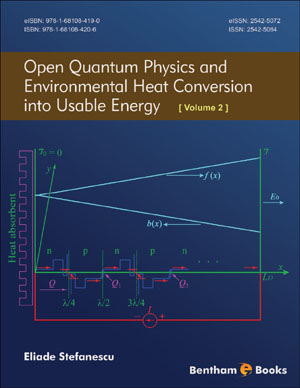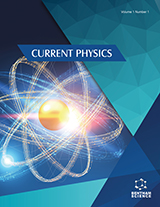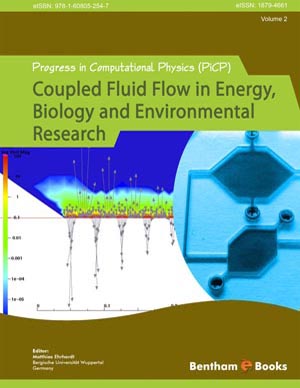Abstract
In this chapter, we derive the operational characteristics of quantum heat converter and a quantum injection device, as functions of the semiconductor structures. We describe the couplings of the active electrons with the superradiant field, the crystal vibrations, and the quasi-free electrons and holes in the conduction regions. The dissipative couplings of the electromagnetic field with the optical vibrations and the quasi-free conduction electrons and holes are taken into consideration according to the results obtained in the first volume. The superradiant power of a quantum heat converter under the action of a current injected in the device, and the electric current generated by a quantum injection device under the action of an incident electromagnetic field are entirely obtained as functions of the physical characteristics and universal constants. We perform numerical calculations for semiconductor structures providing electromagnetic and electric powers of practical interest. Both possible semiconductor configurations, the longitudinal configuration, with the field propagating in the direction of the injected current, and the transversal one, with the field propagating perpendicularly to the injected current, are taken into account.
Keywords: Cavity eigenmode, Commutation relation, Correlated transitions, Coupling coefficient, Creation-annihilation operators, Deep-level path, Elasticity coefficient, Fabry-Perot cavity, Harmonic oscillator, Hermitian matrix, Impurity cluster, Maxwell-Bloch equations, Optical vibration, Polarization, Population, Quantum injection dot, Sound velocity, Superradiant field, Superradiant junction, Vibrational field.













